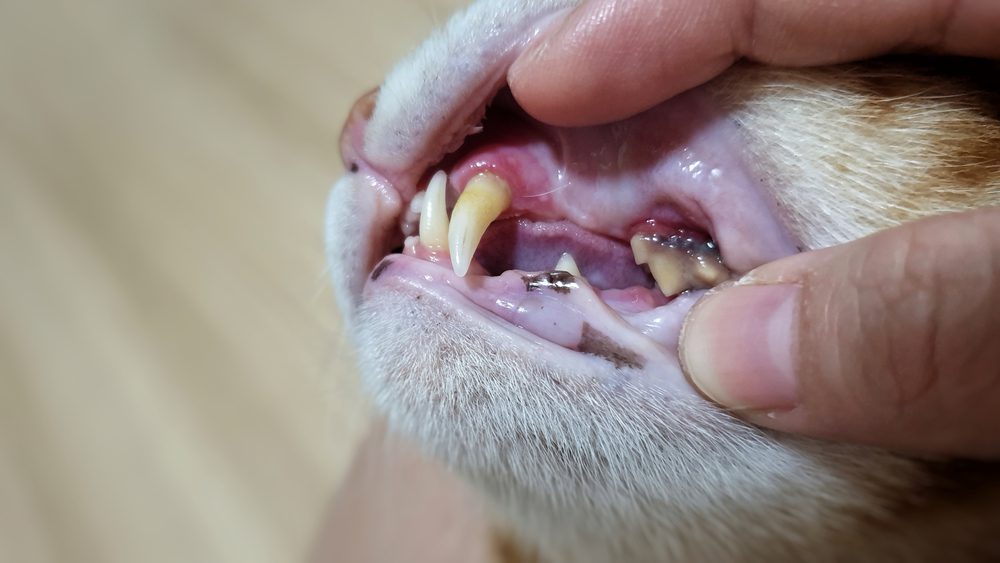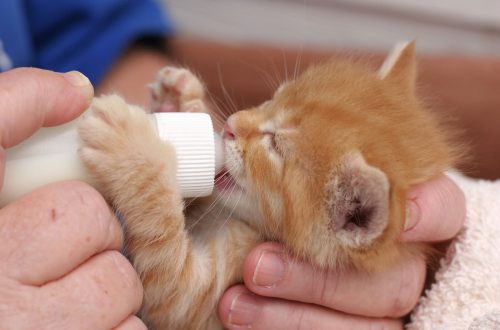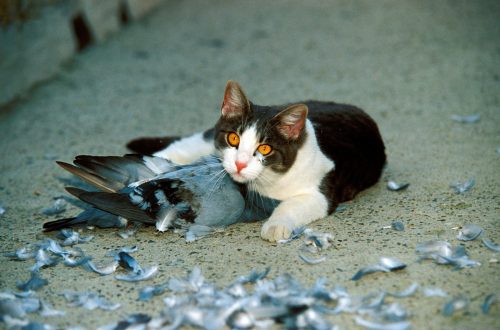
How to keep your cat’s teeth healthy at home
Regular brushing of a cat’s teeth plays an important role in maintaining its health. About 90% of cats develop dental problems during their lifetime. Just like us, cats get gum disease, cavities, plaque, bad breath, and abscesses. All this can lead to infections and loss of teeth. Taking proper care of your cat’s teeth and choosing the right food can help you deal with these problems.
A cat is a carnivore, so it needs to have clean, strong and sharp teeth. Unfortunately, many owners do not care about choosing the right food in this sense. Hill’s Science Plan Oral Care for Adult Cats is formulated with a unique kibble technology that prevents plaque and cavities from forming and provides clean teeth and fresh breath. In addition, the feed contains the nutrients necessary to maintain the health of the animal as a whole.
Sometimes it takes time to notice a cat has dental problems. The fact is that animals instinctively hide pain so as not to appear vulnerable to predators, so you may not immediately understand that your pet is worried about a toothache. If a cat hides more than usual, refuses to sleep, or becomes more aggressive, this is an occasion to pay attention to her oral cavity.
Contents
Plaque
Plaque is the film that you feel on your teeth every morning. It is formed from saliva, bacteria and food particles. Plaque can quickly become hard and yellowish, that is, turn into tartar. It also leads to gum infection (gingivitis), which is the first stage of periodontal disease. By the age of two years, about 70% of cats have periodontal disease, and other types of gum infections can appear even earlier. A buildup of bacteria in plaque can cause infections in the lungs, liver, kidneys, and heart.
How to tell if a cat has dental problems
Between visits to the veterinarian, be sure to check your cat for the following warning signs:
- Bad breath: An unusually strong smell can be a sign of digestive or dental problems.
- Bleeding gums or a dark red line along the gum line.
- Inflammation of the gums: swelling can lead to gum disease, loss of teeth, inability to eat; sometimes it signals kidney disease or feline immunodeficiency virus.
- Ulcers on the gums.
- Increased salivation or too frequent paw touching of the mouth area.
- Difficulty chewing food or not eating.
If you notice any of these warning signs in your cat, take her to the veterinarian immediately. A veterinarian may recommend a professional dental cleaning, but first a blood test will be required to determine if the animal will tolerate the anesthesia. If everything is in order, the specialist will administer anesthesia and begin a comprehensive cleaning. It includes:
- Complete oral examination and x-rays to look for inflammation under the gum line.
- Complete cleaning under the gum line to prevent periodontal disease.
- Professional removal of plaque and caries.
- Tooth polishing to prevent plaque buildup and bacterial buildup.
How to brush your cat’s teeth at home
The standard of home oral care for a cat is brushing your teeth. Here are some tips on how to get started:
- Get your cat used to the idea of brushing your teeth. Brush her teeth for a short time and try to ensure that this procedure does not cause her negative emotions. Gently massage her gums with your finger or a cotton swab.
- Use a toothbrush designed specifically for cats, which is smaller than human toothbrushes and has softer bristles. Toothbrushes that are worn on the finger are also suitable.
- Use toothpaste that is formulated specifically for cats: human toothpaste can cause stomach upset.
- If your cat has inflamed gums, don’t apply too much pressure or it will hurt. If you decide to start brushing your pet’s teeth regularly, go to the veterinarian to have him examine him.
In addition, after the procedure, do not forget to reward the cat for patience: give her a treat or play with her. This will help her understand that you are encouraging her patience and make brushing easier for both you and her in the future.
Alternative Care Methods
To make sure your cat’s teeth are clean, other oral care methods can be used in addition to brushing. Chews and gels, as well as specially formulated dental treats and foods, slow down the formation of tartar and help prevent dental problems in your cat.





